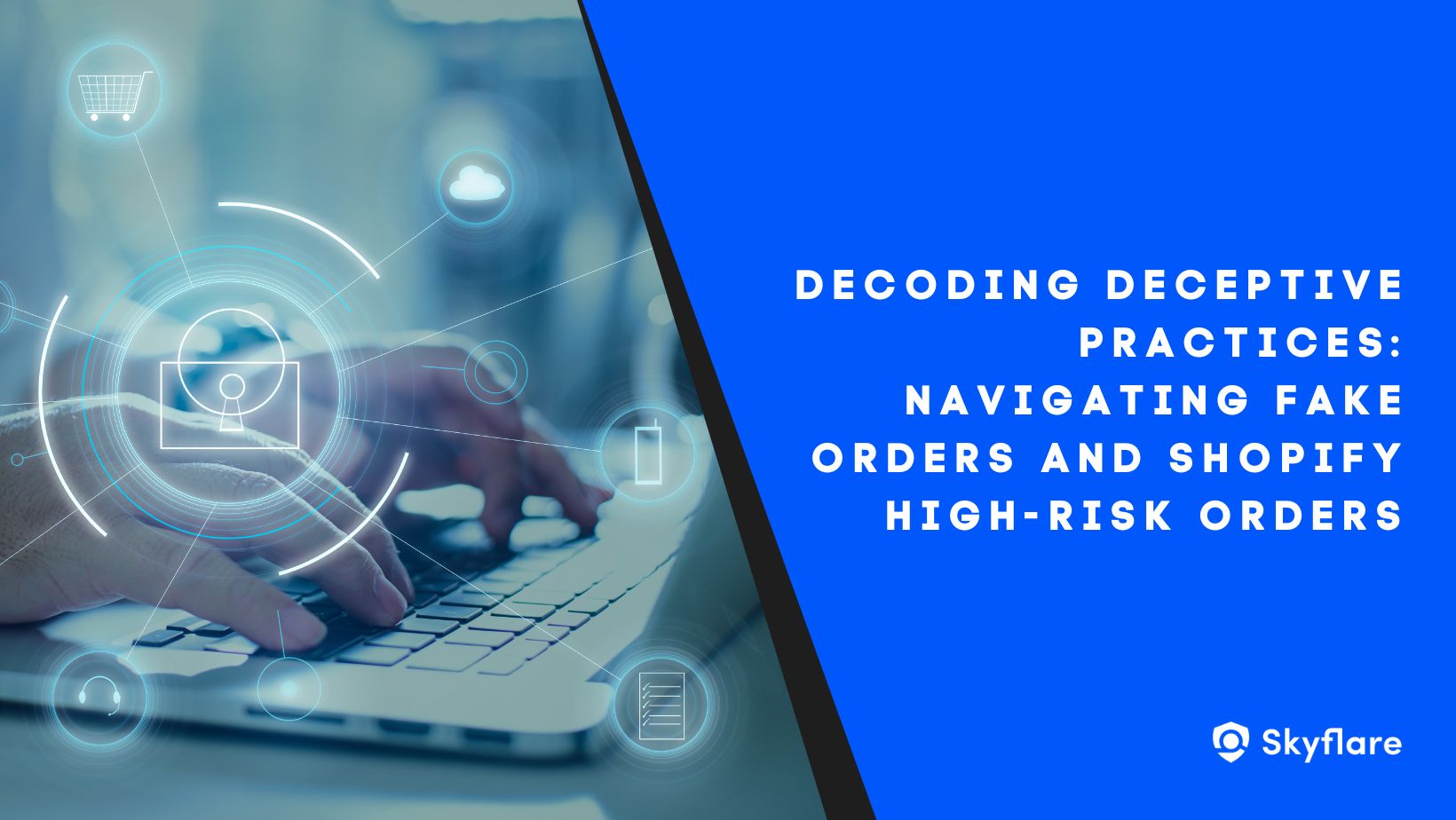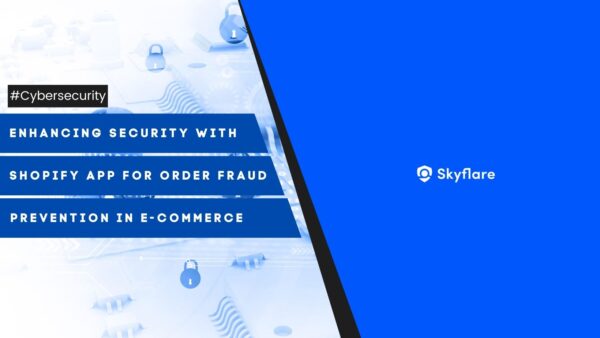Shopify stands as a powerhouse in the world of e-commerce, providing an important platform for countless entrepreneurs to establish successful online stores. However, with the vast opportunities that arise, there also comes a dark side: the upcoming threat of fraudulent or fake orders. Business owners find themselves susceptible to the tactics of cunning customers, especially given the high volume and value of transactions on the platform.
Even more concerning to us, the fact that fraudsters often strike when the payoff is at its peak. With the frequency of fraudulent orders on the rise, it’s crucial for merchants to equip themselves with the knowledge and tools necessary to combat this menace. This article delves into the depths of fraudulent or fake orders, explores the signs of high-risk orders on Shopify, and provides comprehensive strategies to deal with these challenges effectively.
What is Fraudulent or Fake Orders in General
Fraudulent orders or fake orders occur involving stolen, lost, or fake credit cards, leading to potential chargebacks and financial losses for the merchant. Recognizing the signs of fraudulent orders is crucial for safeguarding the integrity of your Shopify store.
Investigating fake orders: A comprehensive approach understanding how to investigate suspicious orders goes beyond the basics. Here are advanced methods and insights to delve deeper into the complexities of identifying and dealing with high-risk orders on Shopify.
The Dark Side: Fake Orders and Financial Frauds
Electronic product brands, in particular, often fall victim to fake orders, where shipments are arranged only to discover that no actual purchase was made. This deception can result in substantial losses, ranging from shipping costs to significant financial fraud. Google Analytics plays a pivotal role in assisting electronic product brands in detecting fake orders. It is providing valuable insights into potential discrepancies.
Google Analytics Unveiled: Identifying Fake Orders
Google Analytics can be a powerful ally in the battle against fraudulent orders. However, cunning buyers may employ tactics to block GA tracking. Here are three situations where vigilance is crucial:
Order Not Recorded in GA
If you suspect an order is abnormal, check its data in Google Analytics. The absence of the order in GA records may indicate that the buyer has installed plugins to block GA tracking. Navigate to Conversions -> E-commerce -> Sales Performance to view individual orders’ transaction IDs. Setting a time range or directly searching for the order ID expedites the search process.
Discrepancy Between Order and Payment Locations
For orders present in GA records, use the transaction ID to gather more information. Clicking on the transaction ID reveals the purchased products. Use “Secondary Dimension” to input the country or city and understand where the buyer placed the order. Inconsistent order and payment locations, along with an accelerated demand for delivery, raise suspicion and require further observation. Watch out for “Location” information in GA labeled as “(not set),” indicating an undetectable IP location.
Prolonged Stay on the Payment Page
For highly suspicious orders, create a new segment in Google Analytics to observe them closely. Analyze user behavior by examining device, channel, dwell time, and interaction with the website. Prolonged stays on the payment page may indicate multiple failed attempts to enter payment information.
Strategies to Fortify Your Defense: Advanced Approaches
Combating fraudulent or fake orders on Shopify requires a multi-faceted approach. Here are advanced strategies to fortify your defense and ensure the longevity of your e-commerce venture:
Analyzing Customer Behavior
Leverage data analytics to study customer behavior patterns on your Shopify store. Identify anomalies or deviations from typical user behavior, signaling potential fraudulent activity.
Harnessing the Power of Machine Learning
Integrate machine learning algorithms to continuously analyze transaction data. These adaptive algorithms become more adept at identifying patterns associated with fraudulent orders over time.
Collaborating with External Fraud Detection Services
Forge partnerships with external fraud detection services to enhance your store’s security. These services utilize advanced algorithms and databases to cross-reference transaction data, providing a more comprehensive approach to fraud prevention.
Tailoring Order-Flagging Rules
Customize order-flagging rules based on your store’s unique characteristics. This targeted approach allows you to identify potential risks specific to your business.
Implementing Two-Factor Authentication
Enhance the security of customer accounts by implementing two-factor authentication. This additional layer of verification adds an extra barrier against unauthorized access and fraudulent activities.
Regularly Updating Security Measures
Stay proactive by regularly updating and enhancing your shop’s security measures. This includes using the latest fraud prevention apps, maintaining secure payment gateways, and employing cutting-edge encryption protocols.
Team Empowerment: Education and Training
Ensure that your team is well-versed in identifying and handling high-risk orders. Conduct regular training sessions to keep them informed about the latest fraud trends and prevention techniques.
By combining these advanced strategies with the fundamental methods outlined earlier, you create a comprehensive defense system against fraudulent orders on Shopify. An informed and vigilant approach is key to safeguarding your business in the ever-evolving landscape of e-commerce.
Read more with us: Enhancing Security with Shopify App for Order Fraud Prevention in E-commerce




